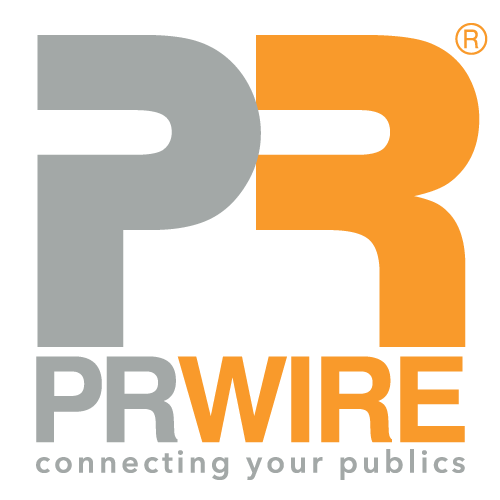Before trying to understand what ‘not’ to communicate on climate change, it is important to know what the audience ‘believes’ in.
Climate change or otherwise, if the audience becomes skeptical of the messaging received, then there’s ‘trouble ahead’ for the communicator.
Edelman Trust Barometer 2022 found that “almost two-thirds of people are inclined to distrust organizations, which could impact attempts to tackle COVID-19 and climate change.”-(Edelman.com-“Edelman Trust Barometer: Cycle of distrust threatens action on global challenges”) . The Edelman Trust Barometer surveyed 36,000 respondents in 28 countries.
It found ‘four forces’ that could stop progress on tackling climate change. They are the ‘Government-media distrust spiral’, ‘Excessive reliance on business’, ‘Mass-class divide’ and ‘failure of leadership.’
“Government-media distrust spiral” reveals the general public viewing the government and media as ‘dividing forces’ rather than unifying forces. Therefore, they are losing trust in them. ‘Excessive reliance on business’ is due to Government’s failure that leads to over-dependency on businesses. The report explains ‘Mass-class divide’ as different levels of trust on institutions, based on the social class of the audience; high-income earners have more trust on institutions in comparison to low-income earners who are “wary” of institutions. ‘Failure of leadership’ stands for the loss of credibility of known leadership hierarchies such as the government, businesses and the media.
These four forces can challenge climate change communications to its core.
Trust is an important pillar when it comes to driving behavior change. If the general public has lowered trust on government (which is a major change agent) on creating behavior change, then how successful would climate change behavior change efforts be?
Building trust has been a fundamental need for successful messaging. When it comes to climate change, some experts speak of it in connection with behavior change. If trust still does ‘not develop’ despite ongoing messaging (or a change in behavior is not effected), the style of communications may be lacking an ingredient… (or the messaging is taking place in rather incomplete way).
Allowing communications to flow both ways could be one solution. When a macro-level issue such as climate change is talked in a way that the audience have to receive it passively, such ‘messaging’ is at the risk of being a ‘hit or miss’.
This takes place if the nature of the messaging does not expect the audience to be active. The reality is that audiences are always active and live. They look forward to engage in the conversation and be an active stakeholder in it. More so, today’s audience is highly polarized. Each day they checking out and engage with hundreds of posts and links. Often most top down messaging do not expect the audience to be active participants which leads to a one way messaging that makes the audience feel they are being lectured on “climate change good behavior (etc).” In an age where audiences are facing information overload, the last thing they would pay attention to is a call to modify their own behavior on an issue that they believe is taking place in the remote, Arctic polar bears.
If the audience thinks that it has a proactive role in the communications, there is a good chance for them to see climate change behavior in a positive light. This requires the communication to be in an ‘active’ mode unlike lecturing in a top down mode.
A few tweaks can help.
Allow the audience to voice their opinion.
Rather than pushing them to accept the message, provide ways and means for the audience to respond. Since the climate impact starts with them, the answer to the problems too, is largely with them. As Hertwich and Peters wrote in 2009:
“72% of global greenhouse gas emissions come from household or “lifestyle” consumption, including mobility, diet, and housing, as opposed to government or capital and infrastructure investment..”
Also, ant notion that the communicator’s side is the expert’s side and the audience needs “to be taught” does not help.
Be attentive to their response.
This is crucial not only due to the diversity of audiences, but also due to their polarization of them on various beliefs, ideologies and groups. Therefore, it is not an easy task but shall be rewarding once the communicator starts listening closely as to what echoes back.
Encourage collaborative action.
When the audience realizes there is an opportunity for action ‘together’, they are more likely to pay attention. They begin to see that this is not another top down communication but a call to action, backed by action.
Freedom to act.
Encouraging the audience to take steps on their own and be creative (rather than prescribing a step by step “what to do”), can smoothen the process.
Remember the peers.
If the audience is not a general audience but a specific segment, then getting their peers to take the message would greatly heal. This is another way to assure trust in communications.
(To Be Continued)



